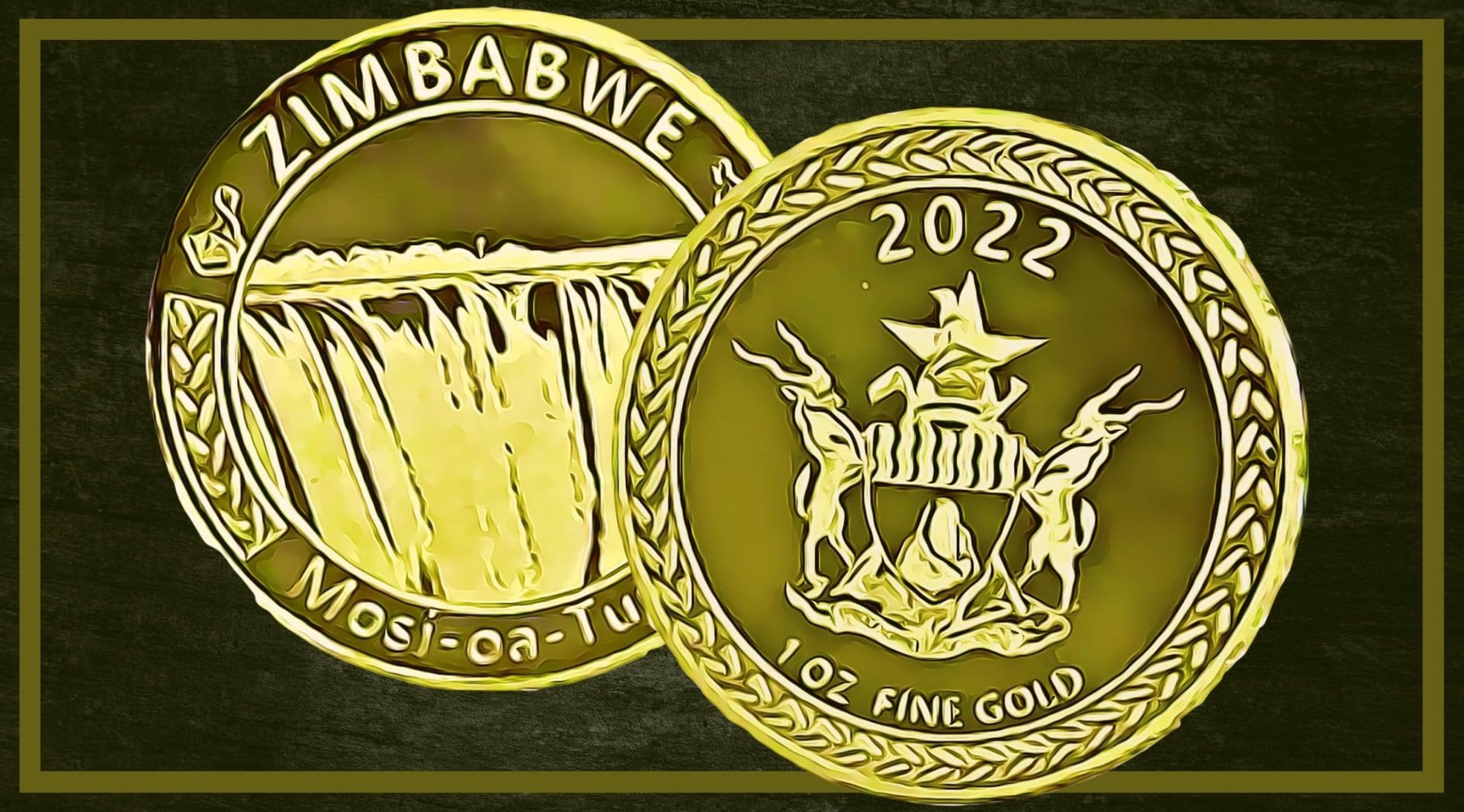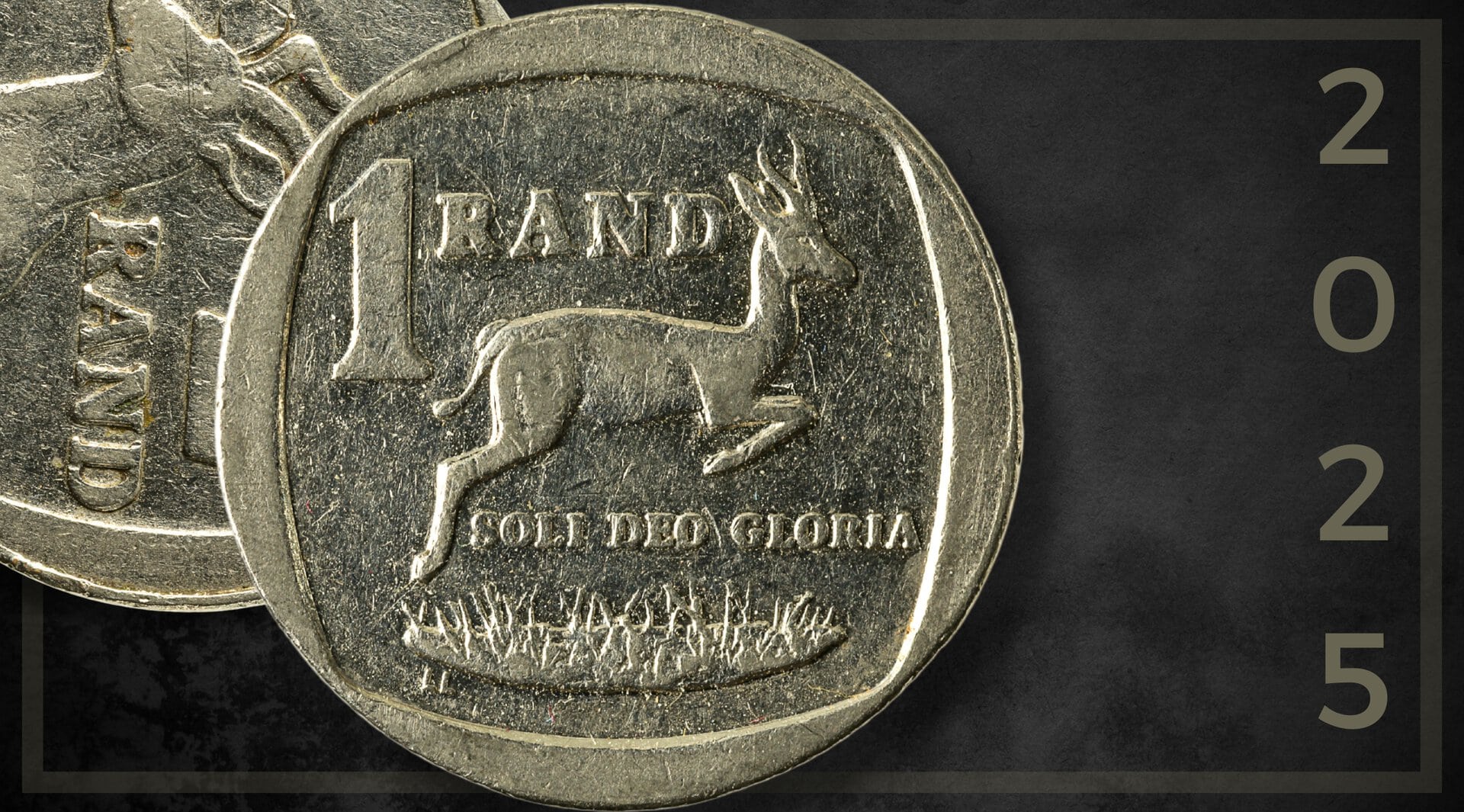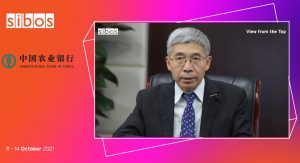By David Whitehouse
Zimbabwe’s introduction of gold coins as legal tender has little prospect of tackling the country’s chronic currency and purchasing-power weakness, economists say.
The country’s central bank announced that gold coins will be accepted as legal tender in July. The move is an attempt by authorities to increase their access to US dollars, says Mandla Mapondera, an economist from Zimbabwe with Qaphela Capital Advisors in Cape Town, South Africa.
There is currently a backlog of applications from importers who need to access the greenback, and the government could use the dollar proceeds of gold coin sales to help them. But the receipts from selling the coins aren’t large enough in relation to the country’s import bill to make much of an impact, Mapondera says.
The move creates an arbitrage opportunity for purchases of gold at the official exchange rate which can then be sold outside Zimbabwe with the US dollar proceeds then being changed back into local currency at black market rates, Mapondera says. That possibility “works against what the authorities are trying to do” in cutting out black market transactions, he argues.
Steve Hanke, a professor of applied economics at Johns Hopkins University in the US, makes the same point in less diplomatic language. The gold coins are just another method for the ruling Zimbabwe African National Union – Patriotic Front (ZanuPF) to “reward cronies,” he says. These insiders are able to get Zimbabwean dollars at favourable rates from the central bank and use them to purchase gold coins, he says. Then they melt them down and receive offshore US dollars, without adhering to Zimbabwe’s exchange controls.
ZanuPF has been in power since 1980. “Like most monetary arrangements in Zimbabwe, the gold coin program is a fraud on the public designed to benefit cronies who are “tight” with ZanuPF — a political party de jure, but a mafia-like organization de facto,” Hanke says.
Inflation Dispute
A previous round of hyperinflation in 2008, Hanke argues, was due to the inability of the central bank to resist the government’s demands for cash. He credits dollarisation in 2009 with ending that episode. But subsequent dropping of dollarisation prompted a return to hyperinflation in 2016.
Today, Hanke says that official statistics in Zimbabwe and many other countries fail to capture the full extent of inflation. His measure tries to capture high-frequency prices for everything that is traded in an economy, and then process the data into a Purchasing Power Parity (PPP) model.
Hanke says that inflation in Zimbabwe is currently running at 479% a year, versus the official figure of 257%. The solution for economies facing such rates, he argues, is full dollarization to remove the temptation to print money.
Zimbabwe’s national statistics agency Zimstat has challenged Hanke’s method for calculating inflation. Zimstat monitors price levels of 495 products categorized according to a classification from the United Nations Statistics Division, and over 4,000 retail outlets in rural and urban areas nationwide are surveyed every month, director-general Taguma Mahonde wrote in a statement on August 17.
“A person outside any country cannot go through a systematic process of price data collection in retail outlets in a determined sample and apply the requisite processing techniques to come up with an inflation index,” Mahonde writes. “As usual, the loser is the general public who end up with the dilemma of whether to believe or not to believe.”
Whatever method is used, inflation in Zimbabwe is clearly out of control and making it hard or impossible for ordinary citizens to meet basic needs. According to the World Bank, the share of people below the international poverty rate of $1.90 per day has almost doubled from 22% in 2011 to 40% percent in 2022. The gold coins could lead to a slight moderation in inflation, but not in a sustainable way, says Prosper Chitambara, a development economist in Harare. Gold coins as an alternative store in value may lead to a slight drop in demand for US dollars, providing some support for the drastically weakened currency, Chitambara says.
He notes that the first batch of gold coins were sold out in a few days, with most sales paid for in local Zimbabwe dollars, which is “a good sign.” But there’s “not much real return given high inflation,” he says. The move “won’t have a long-lasting positive effect.”
Alternatives which would get to the root of currency weakness and inflation include fully liberalising currency exchange, so eliminating the black market, Chitambara argues. That would likely lead to further sharp depreciation, making it a politically unlikely choice. Government contractors are paid in local currency which they exchange for US dollars on the black market. The other way forward would be to dollarise the economy, he says. He traces inflation and currency weakness to the high broad money supply which has seen “unsustainable” growth, which dollarisation would end at a stroke.
Elections due in 2023 mean that is also not on the political agenda. Having local currency means the government can always print more money to finance agricultural and social protection, Chitambara says. He sees little sign of the elections creating a window of opportunity for reform. Even after the election, the government has indicated that it wants to continue with a multi-currency system for the following four years.
Manufacturing Urgency
According to research from civil-society organisation The Centre for Natural Resources Governance (CNRG), the central bank has been buying gold from the country’s artisanal miners with “no questions asked.” The bank pays lower than black market rates, so fuelling smuggling, sometimes with official connivance, the research says.
The launch value of the new gold coin of $1,824 means that it will be of little use to most ordinary citizens. The central bank is planning to sell smaller coins from November in an attempt to widen their use. Central bank governor John Mangudya has said that the smallest coin will be worth $188.
Mapondera describes himself as a gold bull. The yellow metal is “engrained in the human psyche” as a form of money when fiat currencies fail, he argues. There is not much reason to have confidence in any of the world’s major currencies at present, and as trust in monetary systems declines, interest in gold and other alternatives such as crypto currencies increases, he argues.
But the coins in their current denomination are far too large to be used as a medium of exchange, he says. The government has said it wants to introduce smaller units, but even then Mapondera suspects that “Gresham’s Law,” which states that bad money tends to chase out good money, would take effect. In this case, people will want to spend their local dollars and hang on to their gold. “I don’t see how it works as inflation control.”
Dollarisation has previously worked to end hyperinflation in Zimbabwe and there is “definitely a strong case” for its reintroduction, Mapondera says. But with the authorities wedded to the dual-currency system, the realistic objective is to increase confidence in the local currency. One necessary condition is for the authorities to “prove that they have stopped printing money,” which money supply figures to date do not show, he says. Economic confidence would be improved by an increase in local manufacturing, though capacity utilisation rates are still low, he says. Infrastructure projects, including dam building, give some cause for optimism, but the government still “needs to show some success stories,” which so far it has largely failed to do.
David Whitehouse is editor-at-large at The Africa Report in Paris.
Author: David Whitehouse















